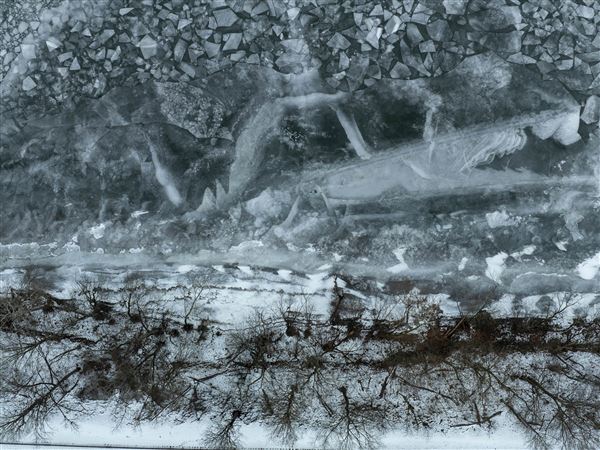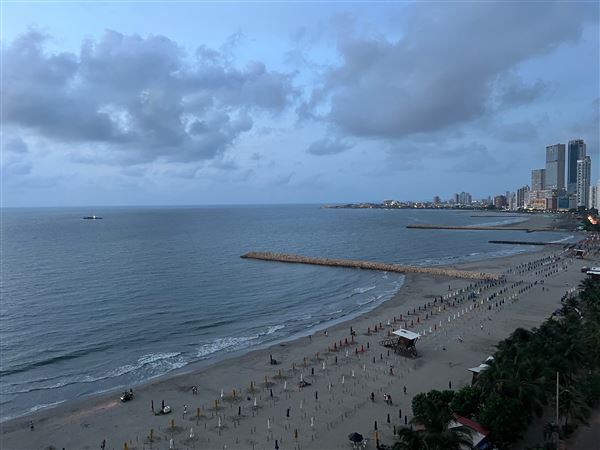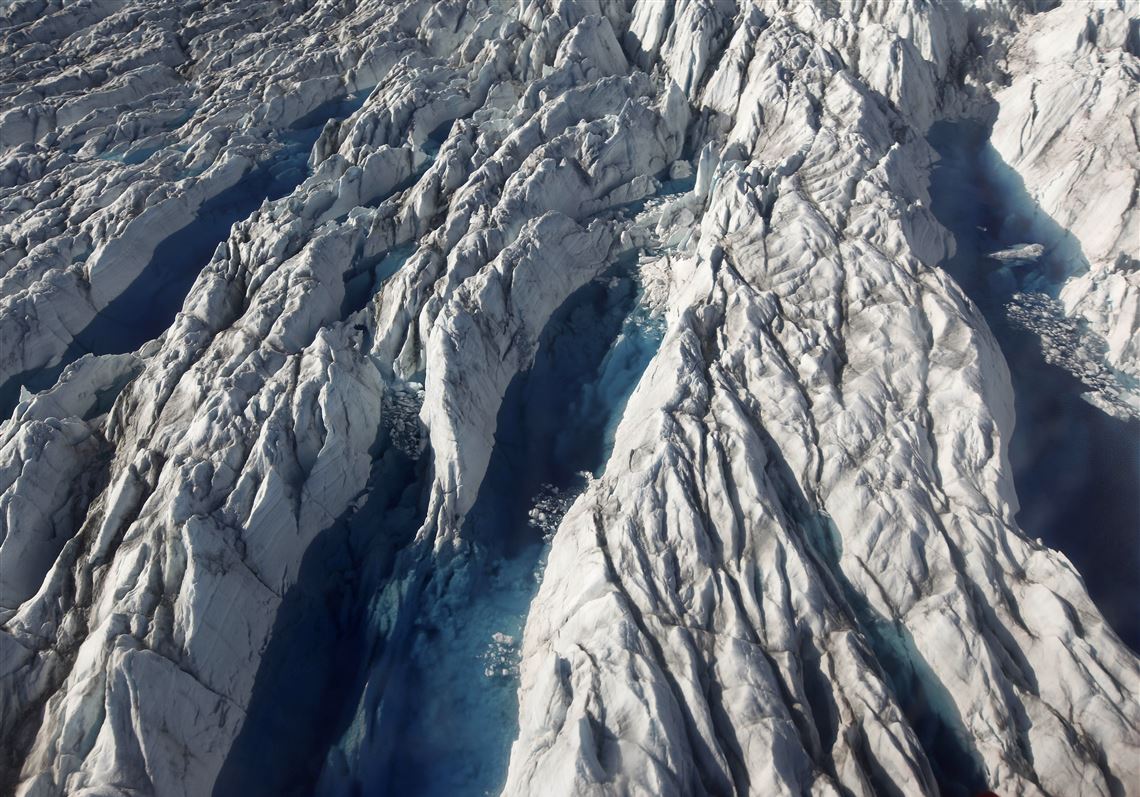A massive glacier in Greenland that has been melting and shrinking rapidly in recent years has started to grow, somewhat unexpectedly. This is news that will fuel the “global warming is a hoax” community.
It shouldn’t.
A climatologist who seven years ago predicted that weather dynamics would produce a slowing and thickening of the Jakobshavn glacier on the west side of Greenland warned against drawing any conclusions about the overall trend of global climate change. University of Washington ice scientist Ian Joughin said it would be a “grave mistake” to interpret the latest data as contradicting climate change science.
Glaciologist Eric Rignot, a senior research scientist at NASA’s Jet Propulsion Laboratory, opined that “it is only a matter of time before the glacier starts thinning again — maybe this summer, maybe next year.”
According to a new NASA study, the major Greenland glacier was one of the fastest-shrinking ice and snow masses on Earth, retreating 1.8 miles per year and thinning by 130 feet a year. But now it’s been growing for two years. It has been advancing toward the ocean instead of retreating. The analysis was posted recently in the journal Nature Geoscience.
The authors attribute the thickening ice to a natural cyclical cooling of the water of the North Atlantic Ocean, which will reverse again in a few years. The colder water now surrounding the glacer is slowing the rate at which it melts. According to NASA, the thickening and slowing of Jakobshavn shows the effect that ocean temperature has on Greenland’s ice cover.
Jakobshavn is known for the icebergs it calves, possibly the one which sank the Titanic more than 100 years ago. By itself, Jakobshavn glacier has contributed a little over 1 millimeter of global sea level rise in recent decades, which is about one-twenty-fifth of an inch.
The behavior of the 40-mile-long and mile-thick ice mass tells us that climate science has unpredictability. While it was foreseen by one scientist, others were taken by surprise. They had come to expect accelerated annual ice depletion.
Rather than seeing the strengthening of the Jakobshavn glacier as an argument against climate change, we should view it as a reprieve.
The Jakobshavn retrenchment is not a reason to reverse course on the difficult conversion to renewable sources of energy. It’s really an opportunity to make up for lost ground — literally.
First Published: May 25, 2019, 11:30 a.m.


















